NEWS
TikTok Begins Automatically Labeling AI-Generated Content Uploaded From Other Platforms
Published
2 months agoon
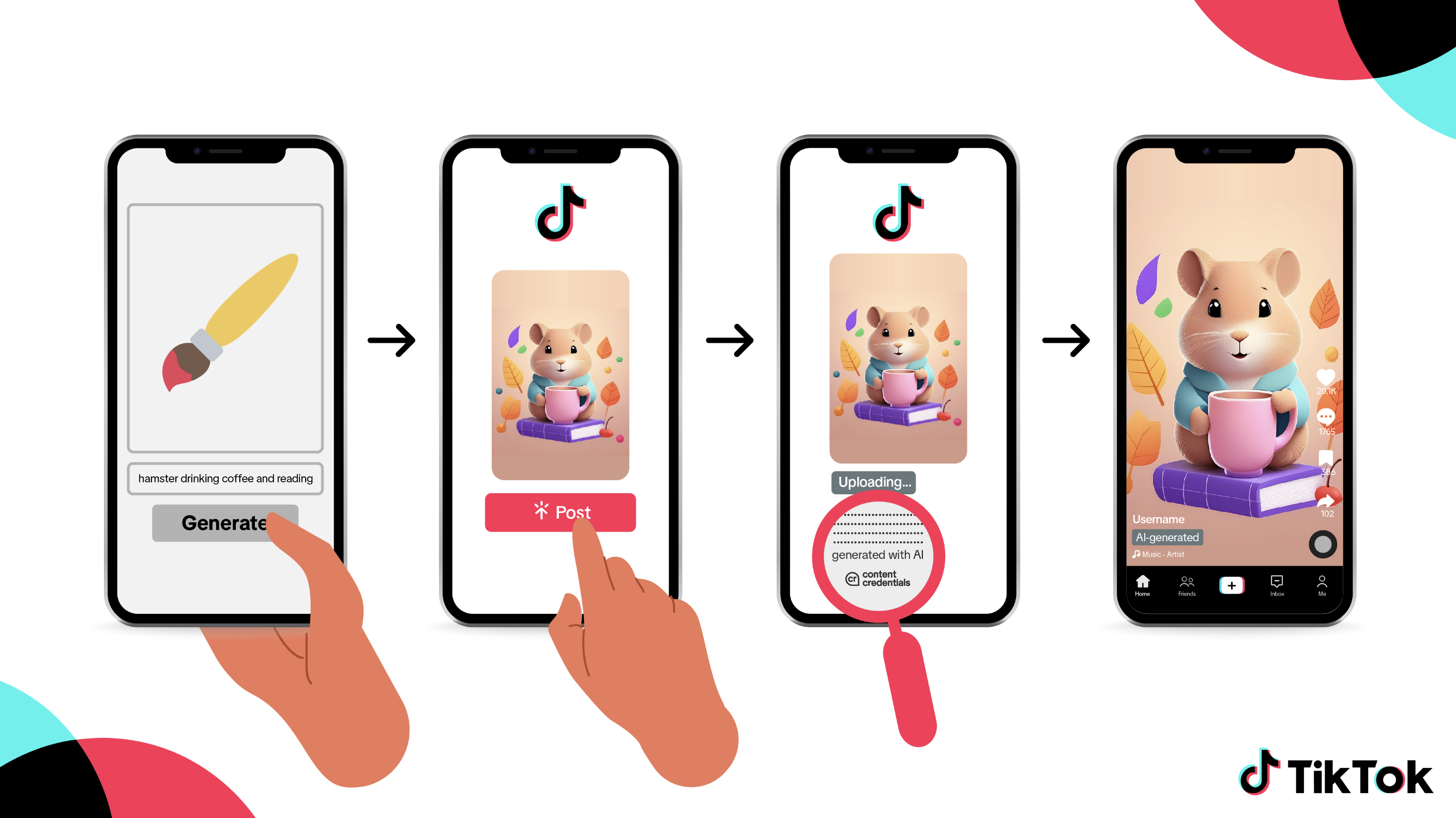
More From Local News X
-


New Year’s Eve Celebrations Across New York City (12/31/23)
-
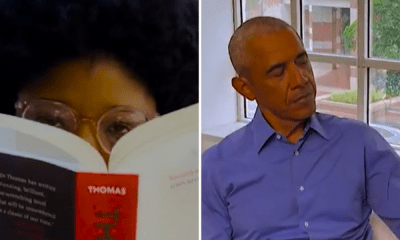

Former President Barack Obama Joins Kankakee Public Library in TikTok…
-


Smoke Rises Over Manhattan Purportedly From West Village Apartment Fire…
-


Video Related to Kidnapping of U.S. Woman’s Kidnapping in Mexico…
-


Malfunction Forces Riders To Evacuate Magnum XL 200 Rollercoaster At…
-


‘Moja’ is the First Male Lion Cub Born at the…
-
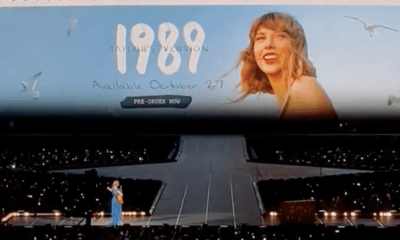

More: Taylor Swift Announces 1989 (Taylor’s Version) To Be Released…
-


Helicopter View Of Orlando Area Shows Hurricane Ian Flood Damage
-
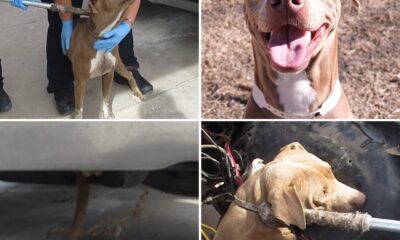

Nova the Dog Rescued from Hood of ’67 Chevy Nova…
-


More: Severe Weather Causes Flooding and Widespread Damage in Cesena,…
-
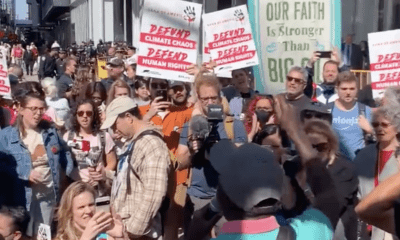

More – NY Climate Week: Protestors Rally Outside Bank of…
-
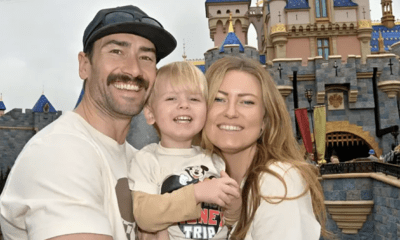

Arizona Toddler Dead After Bounce House Flies Away In Gusty…
